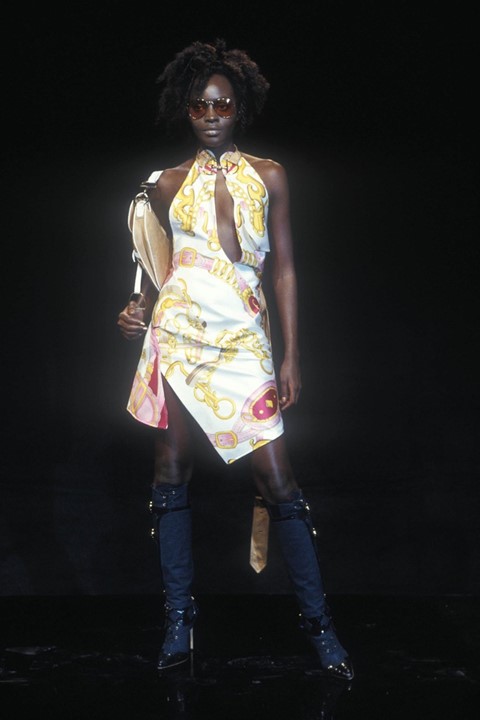Osman Ahmed investigates the inimitable singer's impact upon John Galliano, and his subsequent redefinition of early noughties fashion
Although there are instantly identifiable threads that run through John Galliano’s illustrious career – namely, subversive and profoundly romantic historicism – he is the master of uniting seemingly disparate cultural and temporal references: for example, the visual splendour of his extravagant runways have often been set to soundtracks which nod to more contemporary tastes. Nowhere was his appreciation of plastic-packaged pop culture more prevalent than in his work for Christian Dior during the double-oughts, a period during which Galliano, as creative director of the house, sought to embrace and elevate the depths of the populism typically dismissed by the higher echelons of fashion. During this time, he briefly abandoned his penchant for the likes of Tolstoy and Les Incroyables – although, in a sense, they’re always there – in favour of modern-day Marie Antoinettes: hip-hopping, fur-swathed male rappers with their absurdly sized diamonds and their female counterparts, the glamour-loving RnB divas who became the fashion-loving Maria Callas’s of their day.
Lauryn Hill, Foxy Brown, Lil’ Kim and Mary J Blige were some of the pioneering female voices who defined that musical genre with their attitudinal charisma and unabashed flamboyance. Hill, in particular, would become one of the voices of her generation with an album that would articulate what it means to be a black woman in and out of love, while refusing to bow down to the hyper-sexualised, whitewashed and globalised music industry. For many, Hill was a rebel with a cause – and her effect on Galliano would lead to one of France’s most fabled couture houses embracing black culture, and paying tribute to its impact at the dawn of a bigger, bolder, Dior-monogrammed millennium.
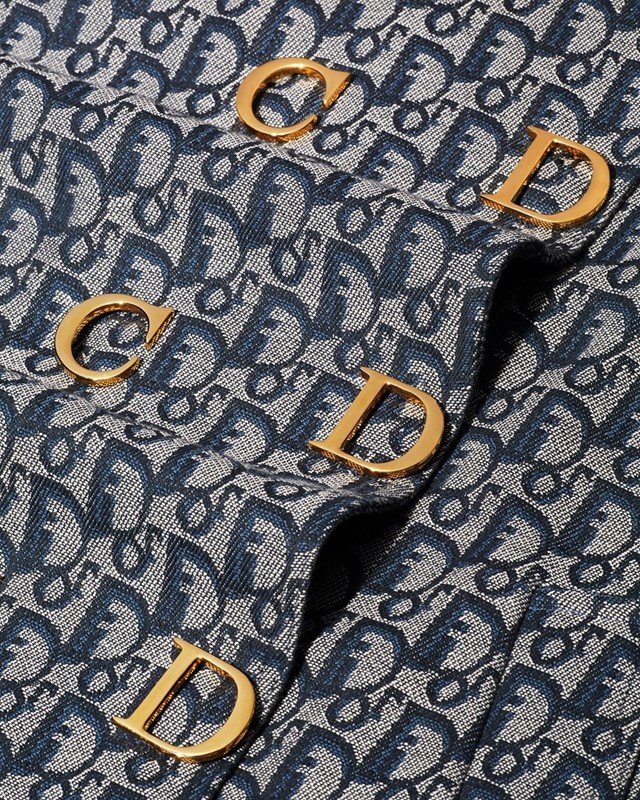
The Show
“Hip hop started out in the heart / now everybody tryin’ to chart,” sang Lauryn Hill on her record Superstar. “C’mon baby, light my fire / Everything you drop is so tired / Music is supposed to inspire / How come we ain’t getting no higher?” Taking note of Hill’s words, urging her contemporaries to think of something fresh and engaging, Galliano showed his Spring ready-to-wear collection for Christian Dior in the final season of the 20th century. It marked a confidence on Galliano’s part to shoot an impudent dart into the bourgeois connotations of Christian Dior, and it followed a daring haute couture show in July 1999 that sought to link The Matrix with Napoleonic military garb. The summer before that, Hill’s debut solo album, The Miseducation of Lauryn Hill, made ground-breaking waves around the world for its profound lyricism, soulful genre-bending sound and utter sincerity, which resonated with a generation that was coming of age and finding a voice in an increasingly globalised world. It instantly became a best-seller, and contributed to the prevalent genre of neo-soul. “Tradition. Family. Religion. Icon,” Galliano told André Leon Talley the day after the show, speaking about his intense infatuation. “I was dancing with her onstage, with Nina Simone, when she was in concert in Paris last summer. She stands for all the things I love. She called us up onstage, and it was just incredible.”

Half of the show was a line-up of almost 30 denim marvels, each one infused with verve and soundtracked by Hill’s Everything is Everything. There was a saddle-bit bag that became the saddle-bit bag; a soft-jersey, stonewashed, printed denim bias-cut silk dress; cuffed over-the-knee boots in denim Dior monogram (a riff on a 70s style); cropped leather hoodie gilets and halter neck blouses hanging from horse-bit straps and silk Hermès-like scarf skirts – all worn with caramel-hued tinted sunglasses and bundles of dreadlocked hair, tied upwards just like Hill’s.
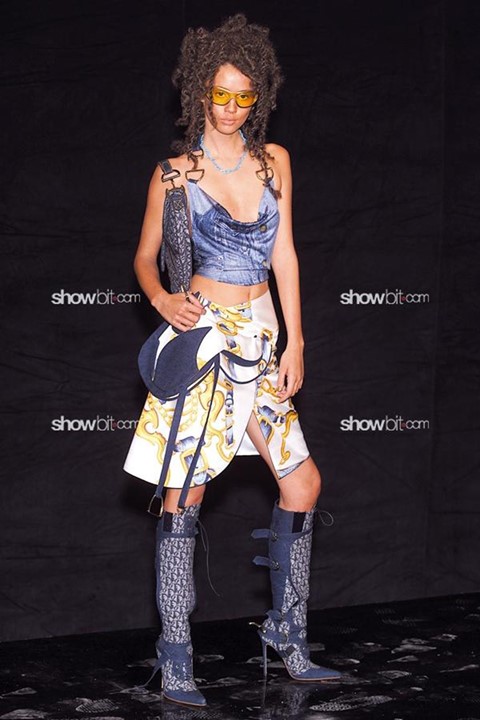
The People
Galliano’s collection marked a new age for Christian Dior, during which it became both relevant to and aspirational for a new generation. For many, the house embodied quintessential, ladylike glamour, and thus operated as a symbol of 50s femininity and the bourgeoisie: “Someone has to take Dior into the 21st century – even if it’s kicking and screaming,” said Galliano in 2000. All of a sudden, P. Diddy and Foxy Brown were in the court of Christian Dior, redefining what it might mean to be Dior’s clientele. Foxy Brown, in particular, became a poster girl for the house, even mentioning it in her songs. For the re-opening of the Dior boutique in New York in 1999, she performed wearing a denim-print bias-cut silk dress with a cropped military-like denim jacket, the denim Dior saddle bag and those over-the-knee monogrammed denim Dior boots. It was a look that summed up the S/S00 collection and would go on to inspire a generation of hip-hop divas, such as the ladies of Destiny’s Child, Lil’ Kim, and J-Lo – as well as pop music starlets like as Christina Aguilera and Britney Spears.
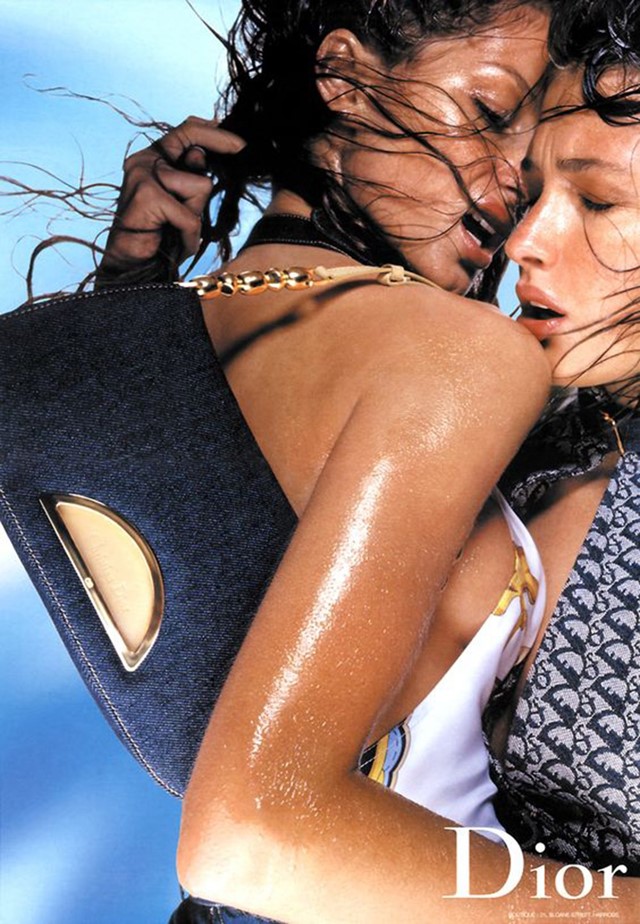
The advertising campaign for the collection was conceived by a team that would go on to create some of the most powerful advertising images of the so-called ‘Dior decade’. Photographer Nick Knight, stylist Jane How, set designer Michael Howells, hairstylist Sam McKnight, makeup artist Val Garland, and model Gisele Bündchen were often at the core of Christian Dior’s elaborate advertising campaigns, which would artfully and commercially riff on Galliano’s fantastical shows. The S/S00 images featured an oiled Bündchen and fellow model Rhea Durham in variations of the trompe l’œil denim looks, saddle bags and tinted sunglasses – a look that would go on to become aspirational for pop stars and celebrities of the era.
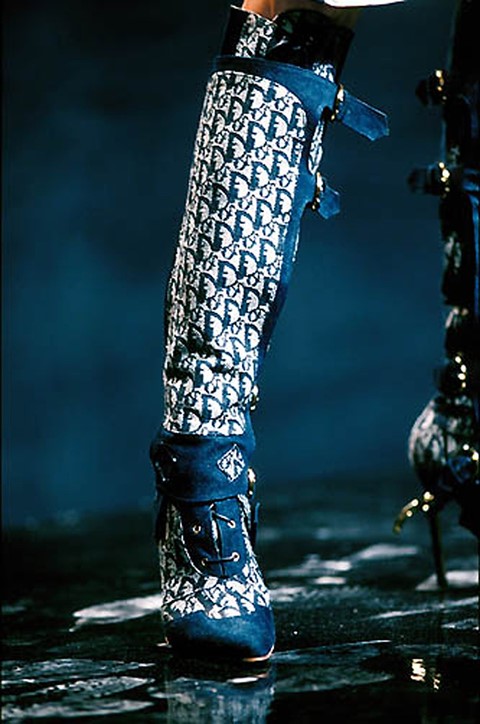
The Impact
Galliano’s embrace of the 21st century worked wonders for the brand. It shuttered its archaic business structure and began to put an emphasis on its boutiques and maintaining control over every element of its image and product categories. “I’m not sure Mr. Arnault will like this, but Dior was a bourgeois house,” chief executive Sidney Toledano told The New York Times’ Cathy Horyn in 2001. “We had 400 licenses, and we had to stop that. We had a license in Japan for 35 years. Gucci didn’t have that. Gucci had too much wholesale, that was its problem. My problem was a company with a couture and licensing culture. I had to introduce a retail culture.” Meanwhile, John Galliano, who had once put fabulously romantic collections and spectacular shows together on a shoestring budget, was now at the helm of a multi-billion-euro business and overseeing every element of the house’s aforementioned image and product categories. Mr. Toledano conceded to Horyn that he was initially dubious about the Knight-lensed advertising campaigns showing models grimy with dirt and oil. “But then I see the people coming in,” he told her. “And not that people are needing something trashy. They are needing something different.”
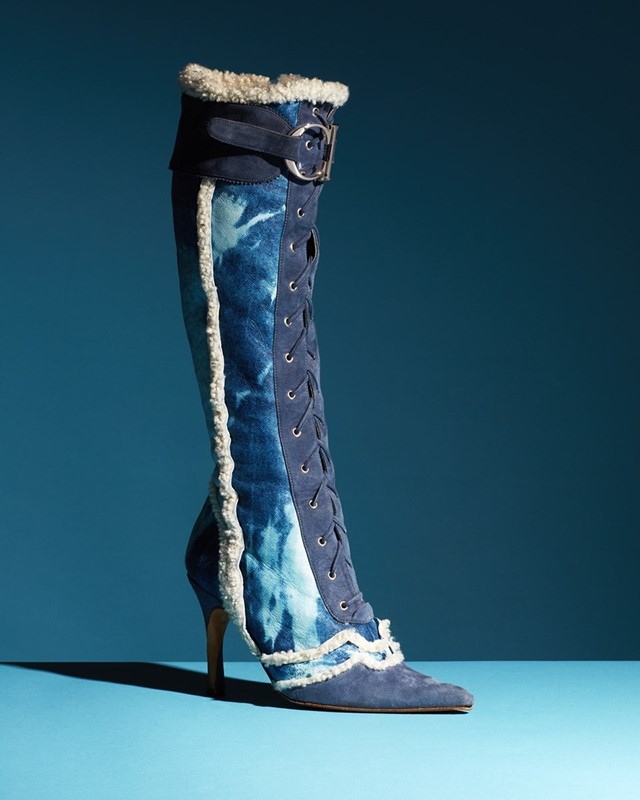
It is interesting to note that Galliano and Hill, in many ways, followed similar paths after achieving such worldwide recognition for their undeniable talent. Just as Hill inspired a generation of musicians, from D’Angelo and Amy Winehouse to Kanye West and Nicki Minaj, so too did Galliano influence a generation of designers working today, including many behind-the-scenes. Hill and Galliano both experienced breakdowns after their success reached a dizzying height. “I used to be a performer, and I really don’t consider myself a performer anymore,” Hill once told a live audience. “I had created this public persona, this public illusion, and it held me hostage. I couldn’t be a real person, because you’re too afraid of what your public will say. At that point, I had to do some dying.” Galliano, who has spoken extensively about his 2011 breakdown and dismissal from Dior, has spoken similar words. It came after a decade of re-defining the way people dress, think and feel about fashion – and doing it with an intense stamina that saw his shows grow bigger and bigger as it went on. Today, the saddle bags and denim monograms from this collection are more in-demand than ever. Hill’s album, too, is constantly replayed and remixed, and is one of the most re-listened to on Spotify. Both facts are testimony to the power of these two artists.

